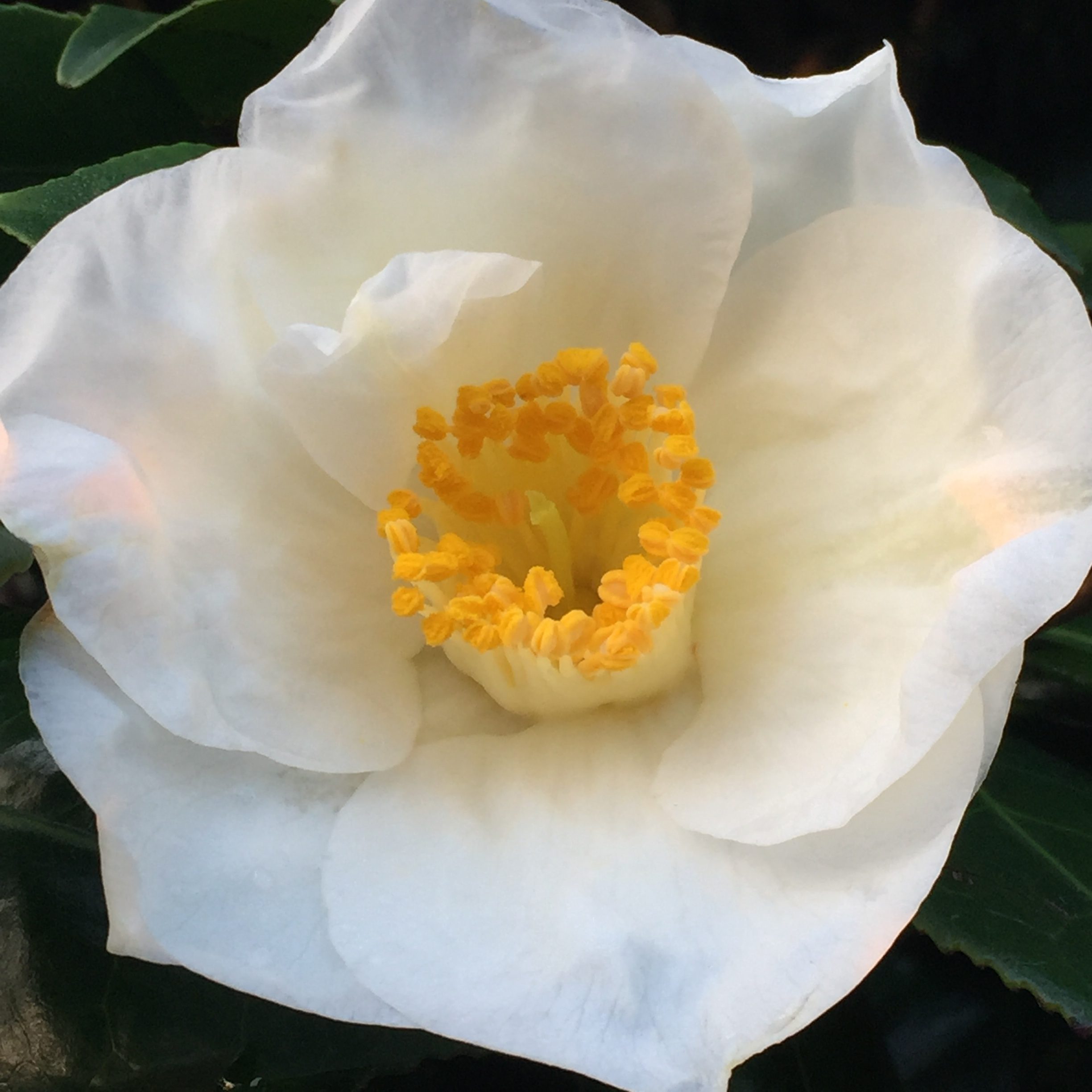I vividly remember the first time I understood what mindfulness was about. It was a dark night and I was having trouble sleeping. My mind was flitting from subject to subject but suddenly I took notice of where I was and what was happening. I noticed the quiet sounds such as the breath of my partner, the wind above the chimney, the low hum of traffic. I felt warm and noticed the duvet tucked around my shoulders. Rather than thinking about a myriad of things, I observed the sensations of my experience in that moment.
It is the observing self that is at the heart of mindfulness. With practice, this self can stand back from moment to moment thoughts and emotions. It can recognise the transient nature of experience. It learns that the mind thinks all sorts of things but there is no need to be attached to those thoughts. This brings freedom. It means that a person can be more than what they think.
The regular practice of mindfulness has been shown to:
- Reduce cortisol (stress hormone) levels
- Increase immune response
- Lower blood pressure
- Help people cope with pain
- Help with dealing with difficult emotions
- Reduce anxiety and depression
In explaining how mindfulness can work, it is helpful to think about situations in the following way:
- The actual event
- How we respond to the event
People who are self-confident and calm often experience events in a different way to people who worry, who anger easily, who feel depressed, sad or worthless. Those who are calm and confident handle the actual event with moderation. People in the second category tend to interpret situations as threatening and their brains and bodies react accordingly. They may feel anger or pain and react aggressively towards themselves (self-criticism) or others (blaming). They may respond with action such as overworking, worry, busyness, substance abuse or over-eating in order to dull the pain.
Mindfulness brings an awareness of our reactions to events. This means when something occurs we notice our physical feelings and can identify what is going on for us. We are then empowered to make a different choice to the “knee jerk” reaction. Viktor Frankl says the following:
“Between stimulus and response there is a space. In that space is our power to choose our response. In our response lies our growth and our freedom.”
Mindfulness – by helping us to identify our feelings – gives us the space to consider how we want to respond to stressful events in our lives.
Personally a break through moment in my own awareness came when I started to notice the sense of my heart dropping into my boots. This for me signals moments such as unfavourable comparisons with others, fears that I am not enough or that something bad will happen. Now that I am aware of this reaction I can take a step back and ask myself if I need to respond to the situation with fear. Are there alternatives? Body awareness enables me to engage with the rational part of my brain and I feel much calmer as a result.
So how can you start a mindfulness practice? How do you start to notice what is going on in your body?
Personally I found a mindfulness course a good start. There are now many mindfulness teachers who run Mindfulness Based Stress Reduction (MBSR) courses. These are usually eight weeks long and involve a couple of hours’ group work and then practice at home. The MBSR model includes daily practice of the body scan which helps us to notice our physical feelings. For me, the useful thing about a course is I was held accountable in my meditation practice. Knowing I would have to report each week to the group gave me a sense of motivation!
An alternative to a full blown course is to use an app on your phone. Headspace is one of the popular ones and includes ten free days to try meditation out. It is designed for the complete beginner (note: one of the principles of mindfulness is to approach practice with a “beginner’s mind”, so we are all beginners!)
Finding Peace in a Frantic World by Mark Williams & Danny Penman includes a CD of meditations and is based on mindfulness-based cognitive therapy.
If the thought of sitting and meditating seems too great a demand, how about trying an alternative form of mindful practice? Yoga is a good example of this, as is tai chi. A Chinese form of exercise called qigong is also gaining popularity in mindfulness circles.
In next week’s blog I will be considering how movement helps with anxiety and depression.
My video this week gives a little more detail about mindfulness. You can watch it at my website: www.thegoodenoughmum.com/videos

